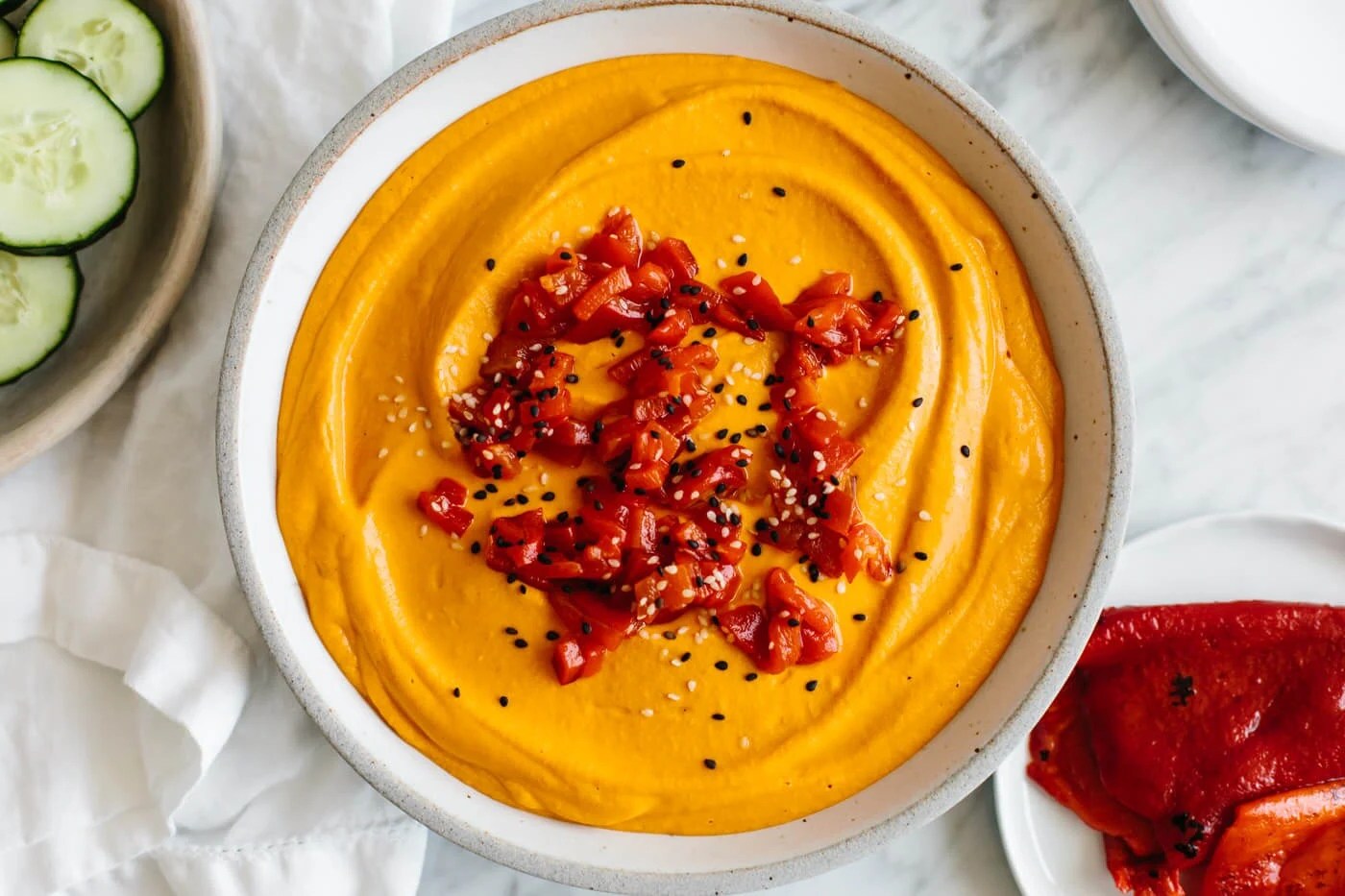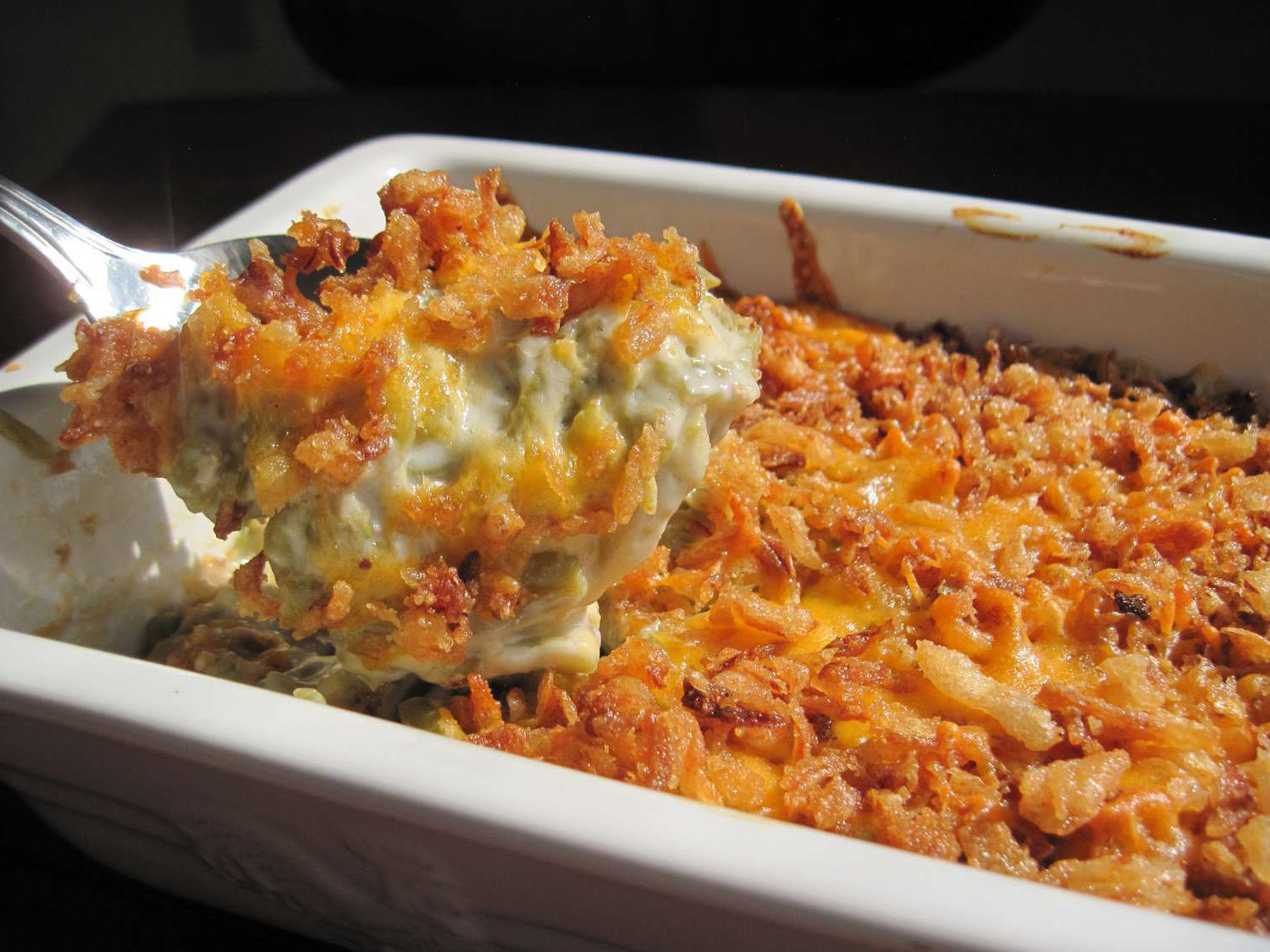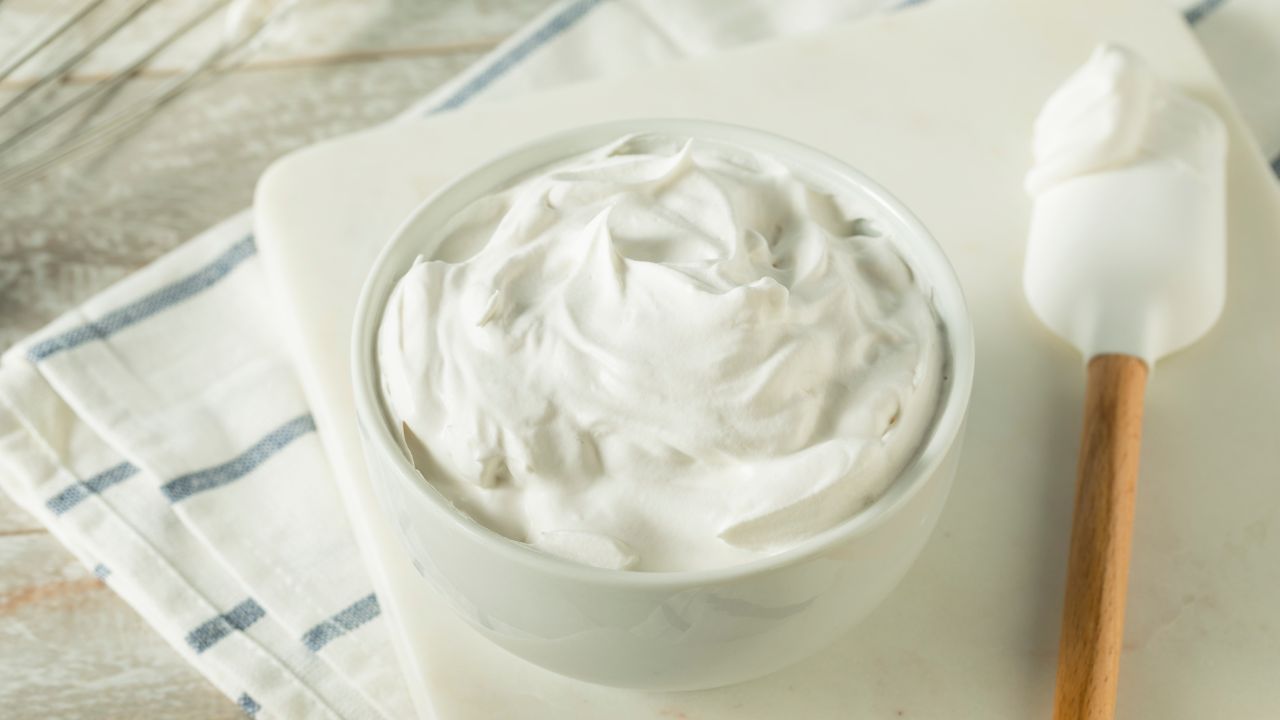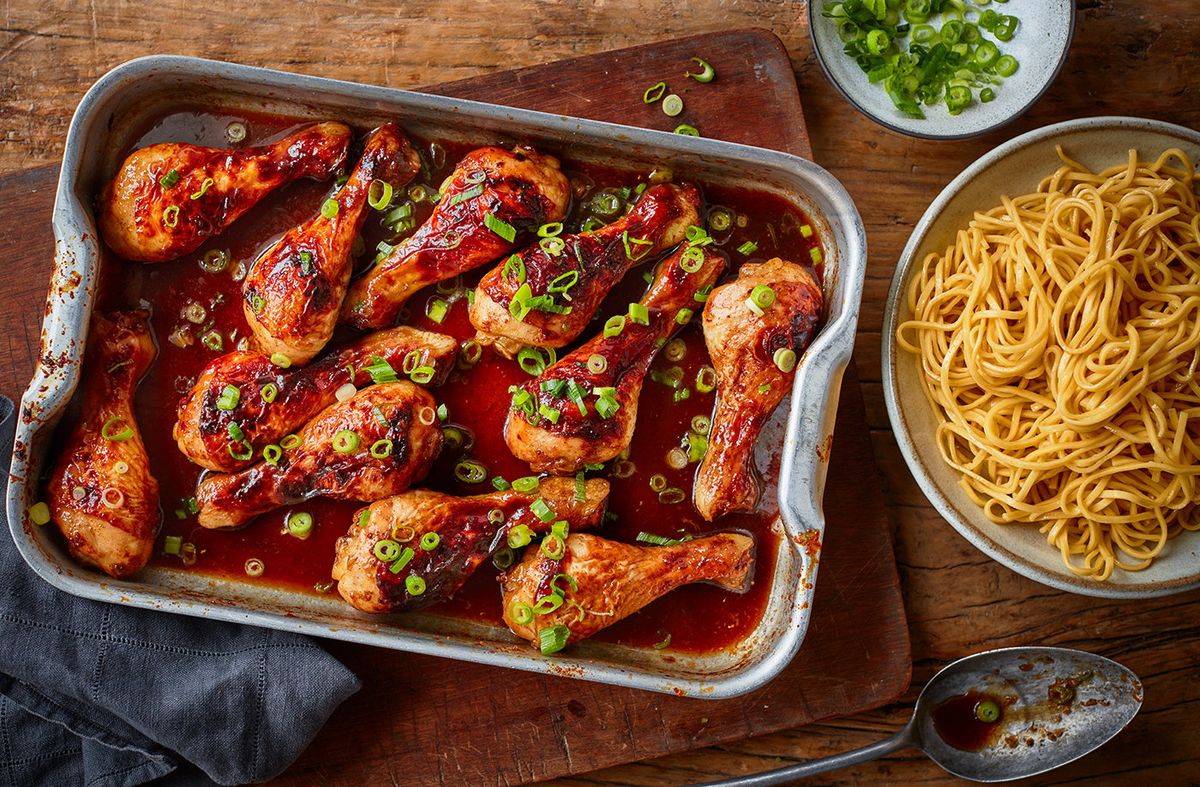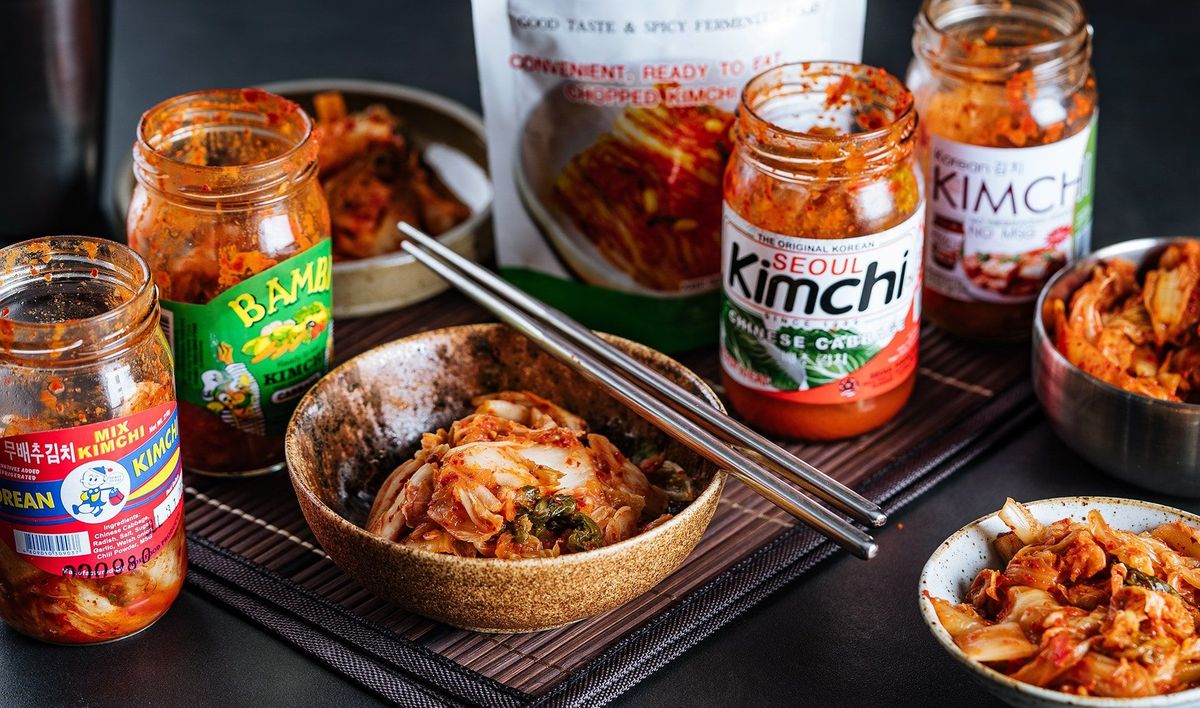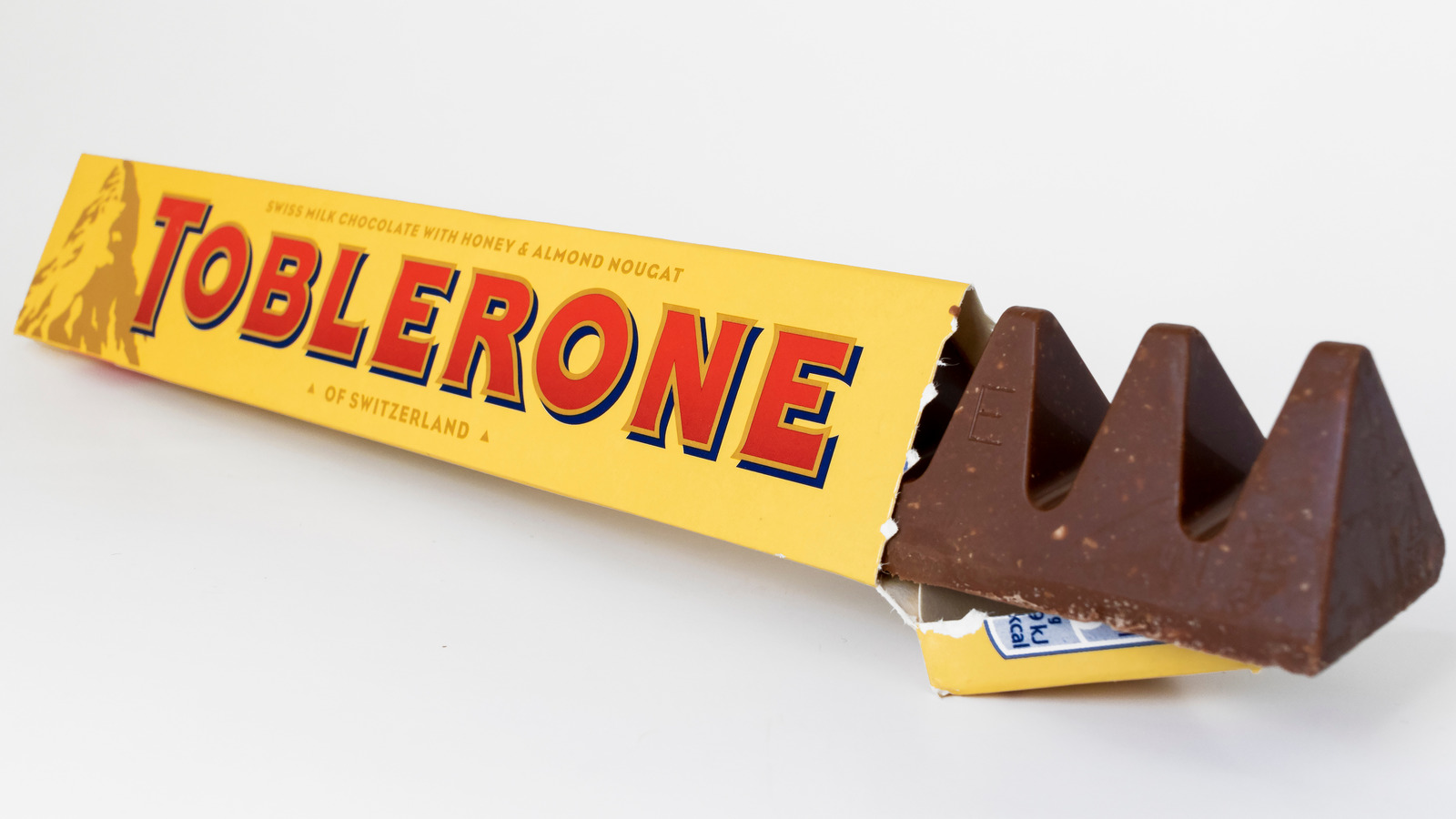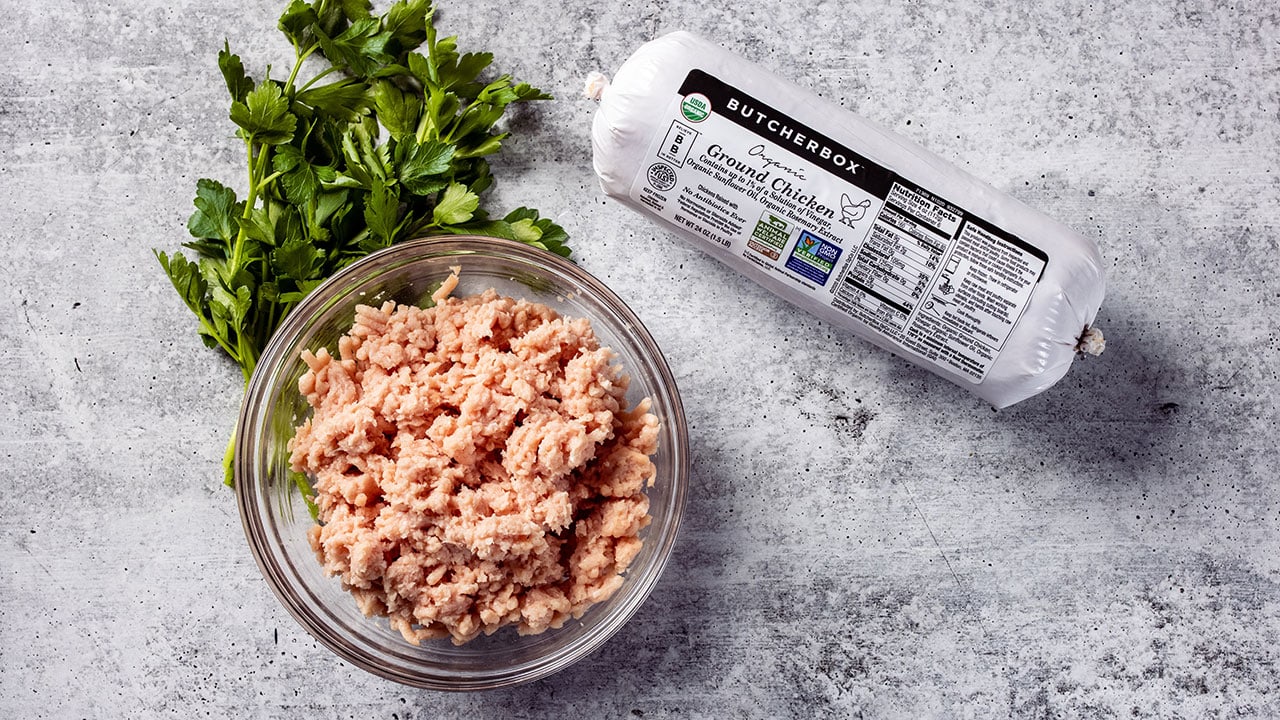The History of Cornbread
Cornbread is a beloved staple in many households, known for its delicious taste and versatility. But have you ever wondered about the history of this popular dish? Let’s take a journey through time to explore the origins and evolution of cornbread.
Early Beginnings
The history of cornbread can be traced back to the Native Americans, who were the first to grind corn into meal and mix it with water to create a simple flatbread. This early version of cornbread was cooked on hot stones or in clay pots over an open fire. The Native Americans also added various ingredients such as berries, nuts, and herbs to enhance the flavor of their cornbread.
Colonial America
When European settlers arrived in North America, they adopted the Native American’s cornbread recipe and began incorporating it into their own diets. They added milk, eggs, and fat to the mixture, creating a richer and more flavorful version of the bread. Cornbread quickly became a staple in Southern cuisine, where it was often served as a side dish with vegetables, meats, and stews.
Regional Variations
As cornbread gained popularity across the United States, different regions began to develop their own variations of the dish. In the South, cornbread was typically made with little to no sugar and cooked in a cast-iron skillet, resulting in a crispy crust. In contrast, the cornbread found in the Northern states was sweeter and lighter, often made with added sugar or honey.
Additionally, Mexican cornbread, also known as “corn cake,” emerged in the Southwest, featuring ingredients such as cheese, green chilies, and creamed corn. This variation showcased the adaptability of cornbread and its ability to blend with different culinary traditions.
Modern Times
Today, cornbread remains a beloved dish in American cuisine, with countless variations and recipes available. It is enjoyed as a side dish, a breakfast item, or even as a dessert. Cornbread has also made its mark in the culinary world, appearing on the menus of upscale restaurants and being featured in cooking competitions.
Furthermore, cornbread has transcended its American roots and has been embraced in other parts of the world. Its simplicity and versatility have made it a popular choice for people seeking a quick and delicious bread option.
In Conclusion
The history of cornbread is a testament to its enduring appeal and cultural significance. From its humble beginnings as a simple flatbread to its current status as a beloved comfort food, cornbread has stood the test of time. Whether enjoyed with a bowl of chili, drizzled with honey, or served alongside fried chicken, cornbread continues to hold a special place in the hearts and stomachs of people around the world.
So, the next time you savor a piece of warm, freshly baked cornbread, take a moment to appreciate the rich history and tradition behind this beloved dish.
Was this page helpful?
Read Next: What Is A Cornstarch Substitute
